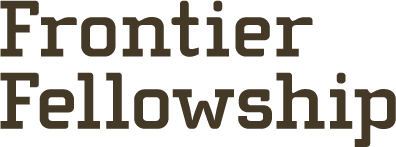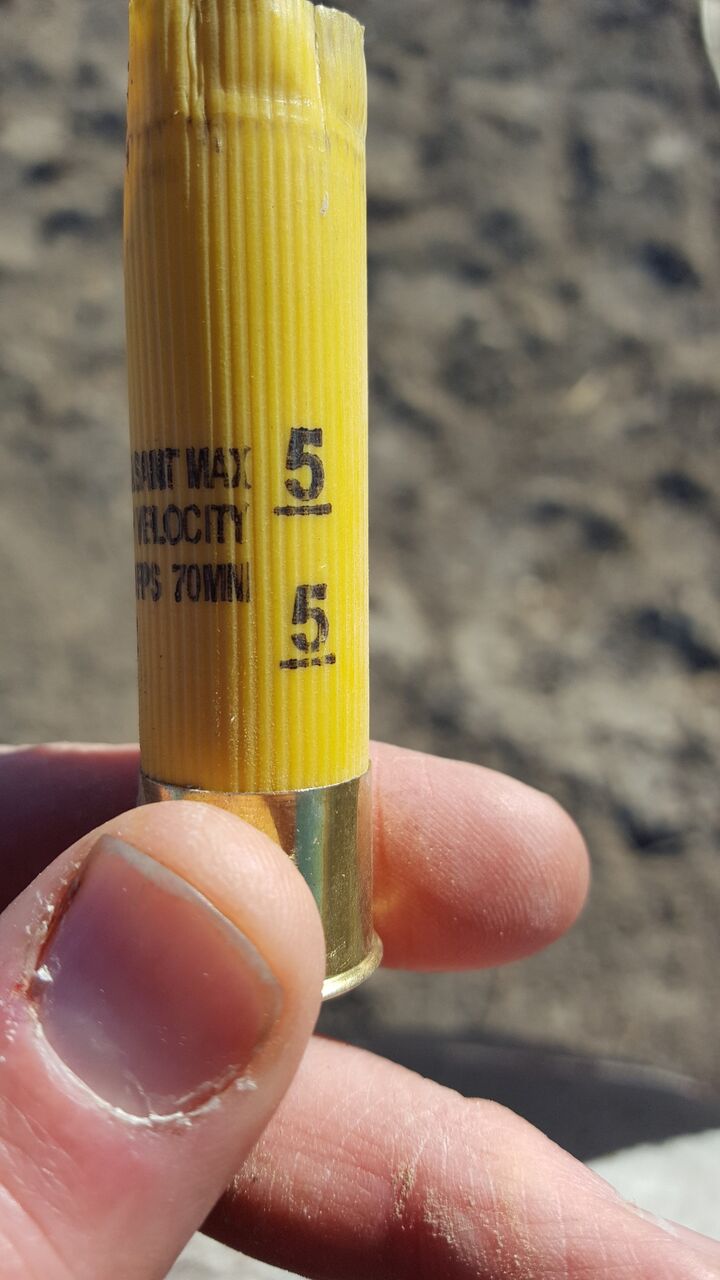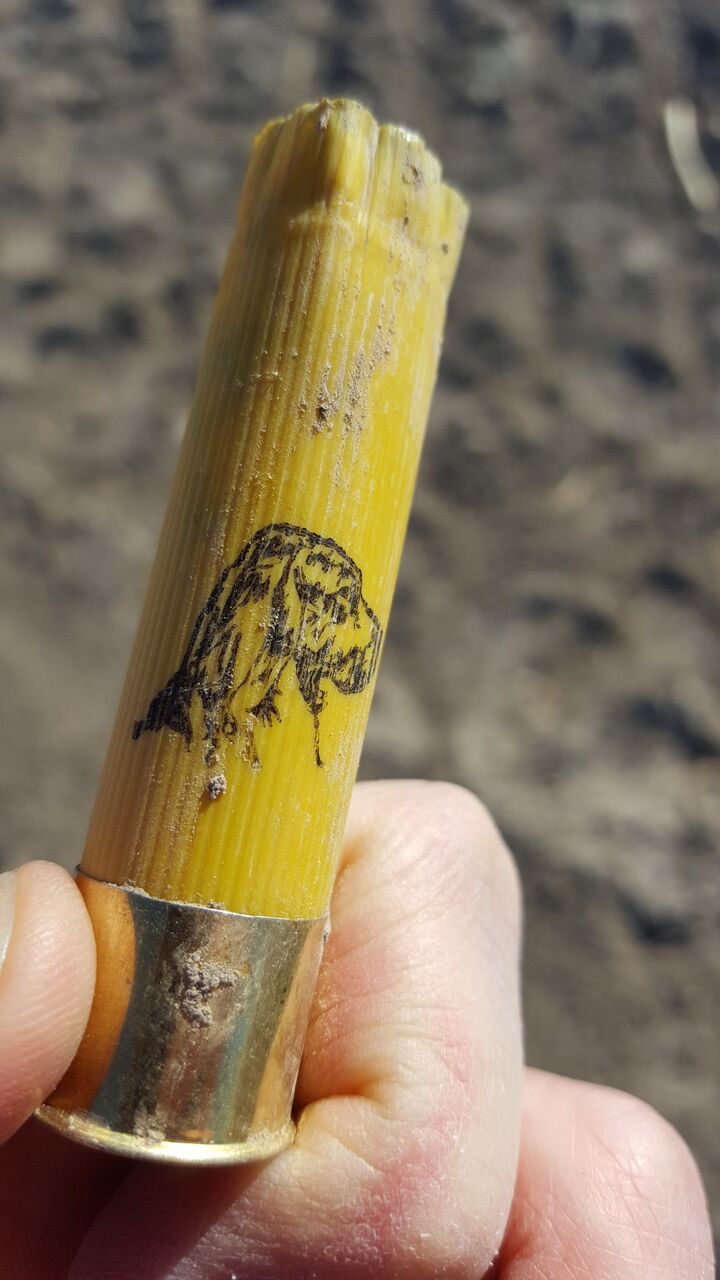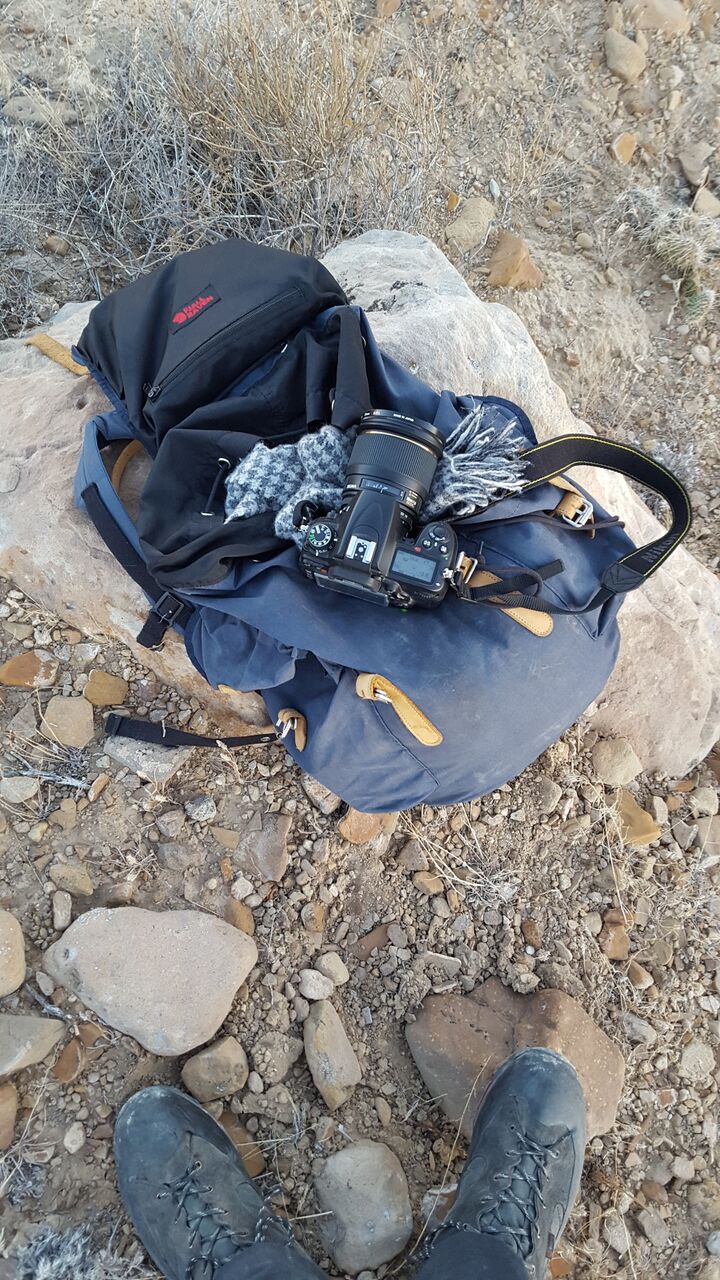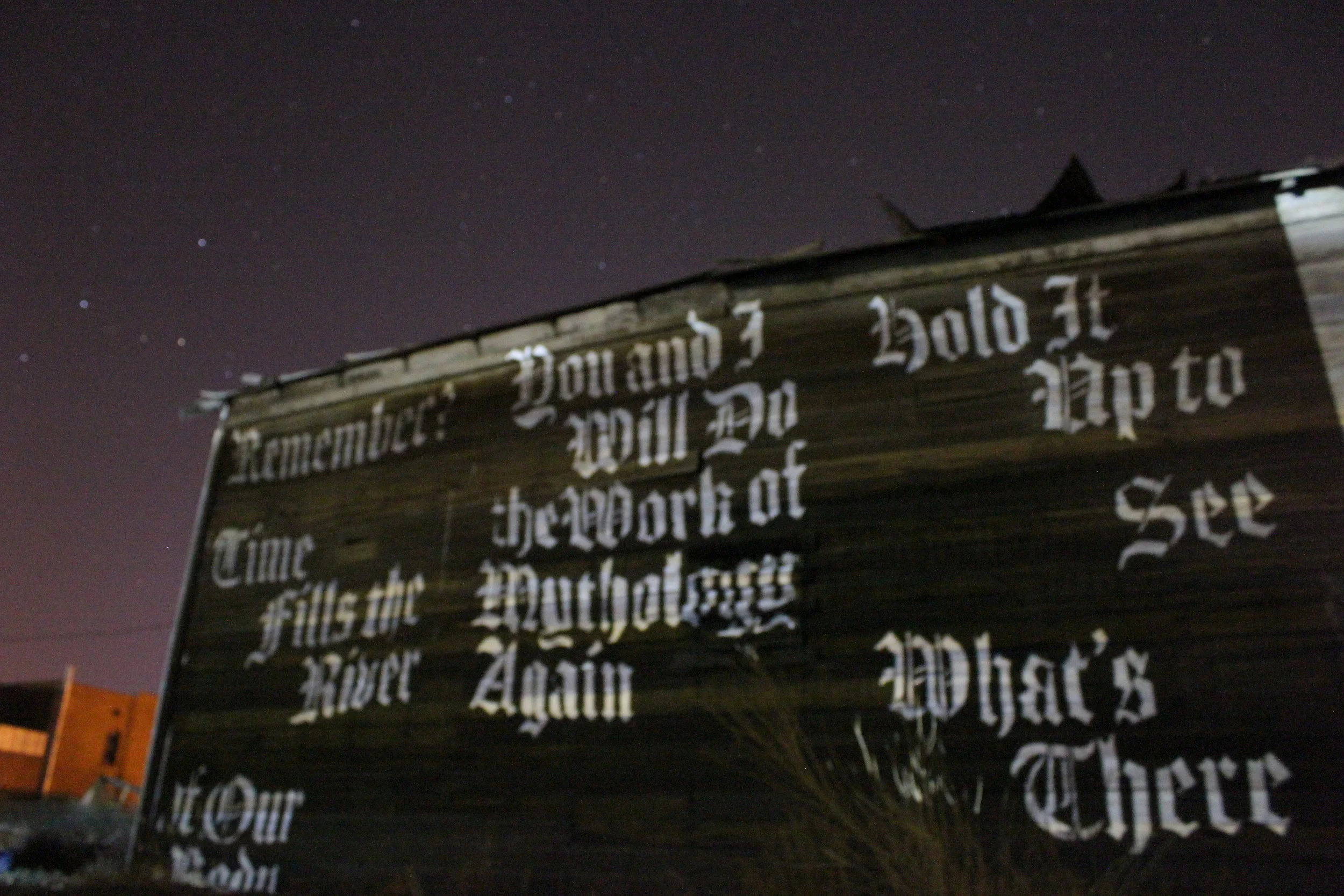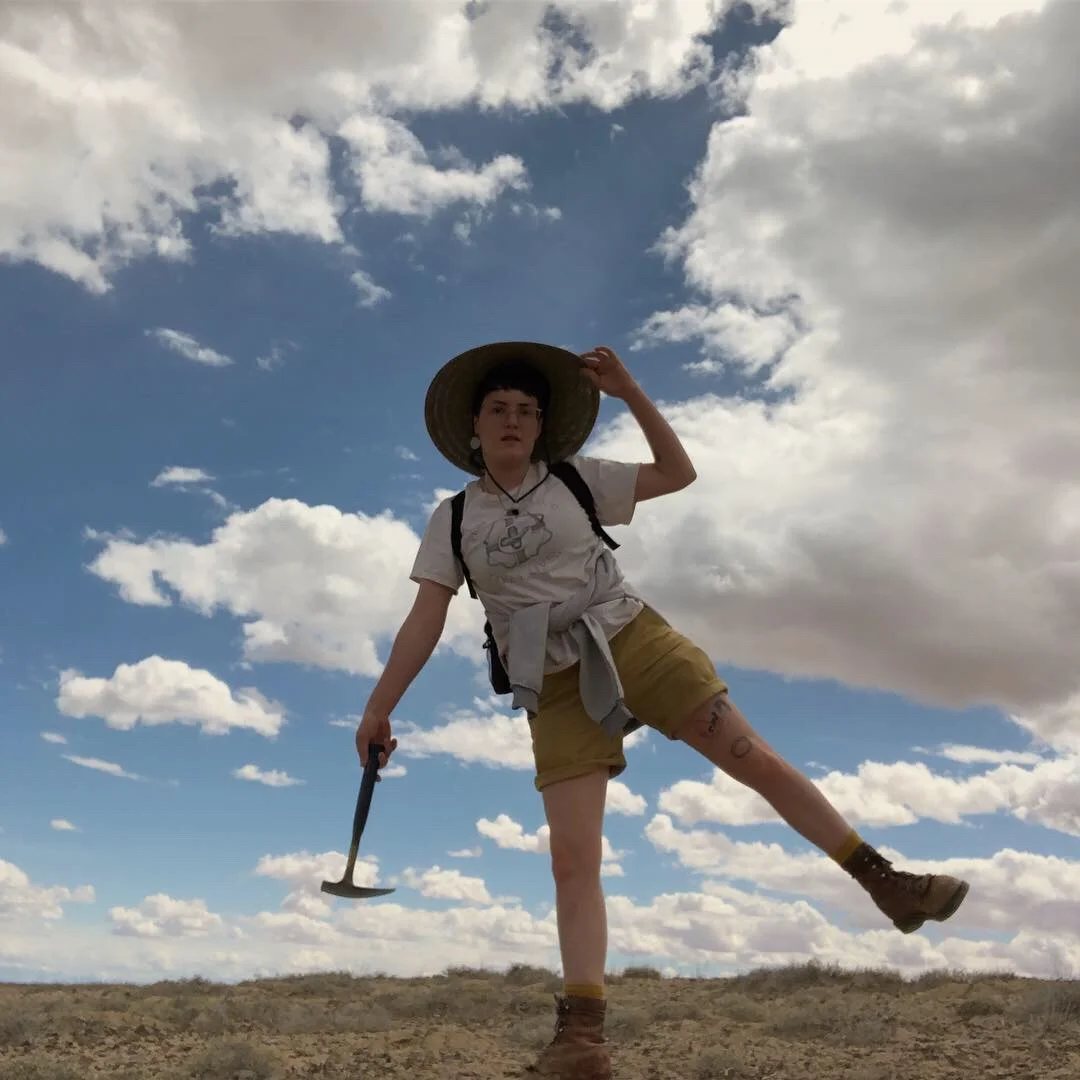Jason Dilworth

Frontier Fellow December 2017
Jason Dilworth has a BFA in Visual Communication from Weber State University (Ogden, UT) and a MFA in Graphic Design from Virginia Commonwealth (Richmond, VA). His art and practice reflect a love of geology, history, and ecology. He has collaborated with artists and designers in Sweden, Iceland, Nepal, and Germany. Jason is a co-founder of the collective Designers & Forests.
Battleship Butte seen from Long Street
I have been a frequent visitor to Green River for many years. As a child I lived upstream from the town in the Uintah Basin of northeastern Utah. As a result, I have a deep-seated sense of solidarity with the cities along the river’s banks. With this familiarity it was easy to immerses myself into the landscape and as a result I pleasantly surprised at where the residency took me.
Tusher Diversion Rehabilitation Project
Initially I was drawn to the idea of seeking to explore and understand the role that the river plays in town. Ecologically the river is the lifeblood for the town. Culturally and economically it makes agriculture, recreation, and habitation possible. But its role appears to happen mostly in the background and it is easily taken for granted. During the winter months, when human traffic on the river is virtually nonexistent, its flow becomes slow and relaxed allowing the more greenly sediments to become visible. A true visual treat for guests and residents. I found solace in the unhurried nature the flow. Its steady flow and even temperature were reassuring. A counter to the idea of haste and immediacy. Hope.
Field trip with GRHS students to collect data at the Crystal Geyser
During the first few days in Green River I worked with students from the high school encouraging them to connect with their watershed. To see it the way I see it. We talked about the phenology (The study of cyclical and seasonal natural phenomenon), of Rachel Carson and Aldo Leopold. We made two trips away from the classroom to explore the River, first in town near the John Wesley Powell Museum then to the Crystal Geyser. The trips were brief but illustrated to me just how truly privileged the students are to live in location where access to land remains open and democratic.
Private/Public partnership granting walk-in access to sportsmen
Later in the residency I found myself wandering away from the river banks and into the dry creek beds that meander through the Mancos hills. I can’t explain why I was pulled there but it felt natural to walk uphill, tracing the reverse path of intermittent streams. And so I walked, clearing my mind with the crisp winter air. Thoughts gathered with each step. Artifacts and evidence of humanity regularly punctuated the walk. A fence needed to be negotiated, a trough frozen solid needed to be investigated, downy feathers clinging to the close cropped alfalfa told of a sportsman’s success earlier that morning. I’ll treasure these walks for years to come. The view of sunrise and sunset in the valley forever written in my mind.
Between walks and outings, I undertook a small graphic exploration inspired by an artifact on display in the John Wesley Powell River History Museum. The artifact was a sledge hammer that had been lost during the original construction of the Tusher dam project in 1913. The hammer was recently and uncovered during a renovation of the dam. This artifact brought history into the present and got me thinking about the tools used today. I became very interested in the idea of work/toil and the artifacts and implements of that labor unique to Green River. A theme that kept surfacing each day during my explorative walks around town; from the abandoned farm machinery that lay resting near the canals and ditches to the mounds of glass and tin northwest of the softball fields. These remnants of the past got me thinking about how the tools we use define our values and how they influence our actions. So I set out to answer a series of questions visually. The questions: How do we care for our tools? Where do we get them from? How are they made? and for what special purpose do we use them for? To answer these questions, I set out to create and index icons and symbols specific to Green River The complete set of icons can be downloaded here and are free for residents to use as they see fit.
Thanks
I would like to thank the Epicenter Staff for giving me the opportunity to spend a few weeks in Green River during the last month of 2017. My time with the Frontier Fellowship offered glimpses into what is possible within my own community and allowed me the chance to see an area of the country that is valuable beyond price.
PLAYLIST:
Ongoing Projects
While in green River I wasn’t able to complete every project that I had started and I am looking forward to continuing a few others projects that will be completed this year. Including creating and organizing an adventure library for future residence. I am also planning to organize an educational workshop using green river as an outpost and staging ground for wilderness exploration. The first expedition will run in conjunction with the Rock and Mineral Festival this March.
